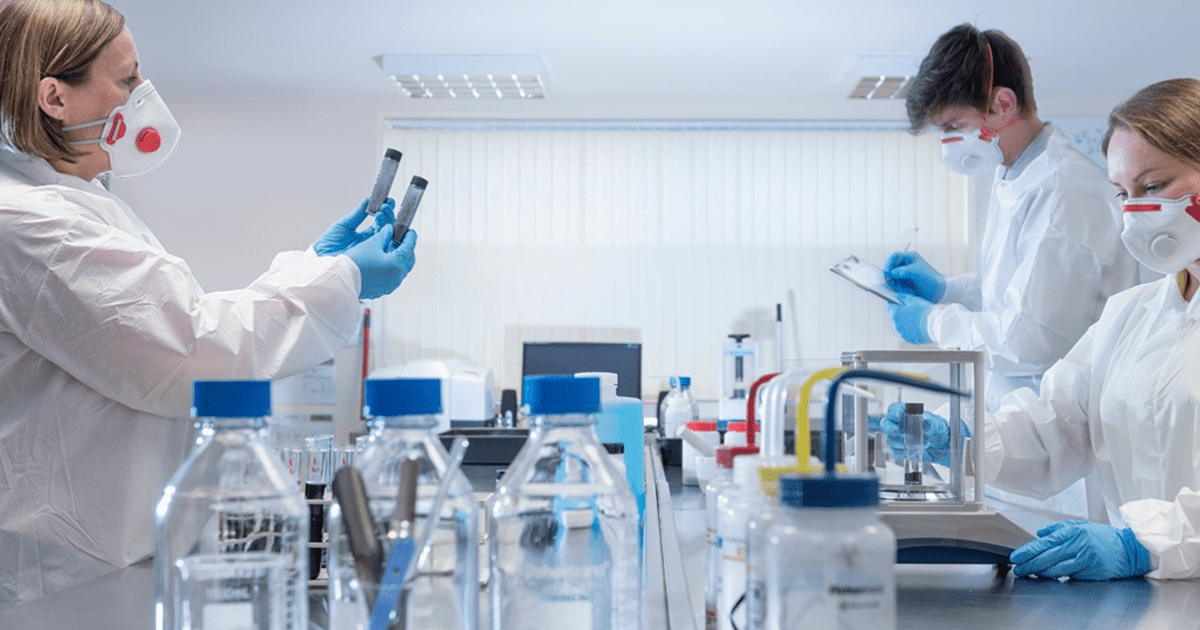
Acute myeloid leukemia (AML) is a devastating and aggressive blood cancer that affects nearly 500 children in the United States every year. AML symptoms develop so rapidly that most children feel well just weeks before diagnosis. Despite intensive research over the last 50 years, there are still only a few drugs available to treat this disease, and the survival rate is only 50%. The treatment for AML entails extremely high, toxic doses of chemotherapy. Side effects of chemotherapy include profound impairments to immune function, cardiac toxicity which can lead to heart damage, and kidney and liver dysfunction that can cause permanent, profound disability or death. In fact, current AML drug dosages put children’s organs and immune systems under so much stress that nearly 10% of AML patients die from complications of treatment rather than the disease.
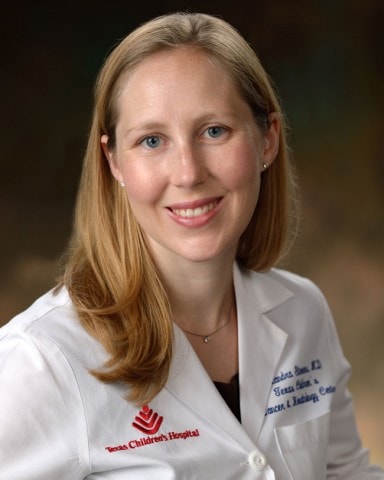
Dr. Alexandra Stevens
While we can temporarily control and improve the symptoms of AML so that it becomes undetectable in the blood, the disease returns with a vengeance in nearly 50% of children. When AML recurs, it is often resistant to the few drugs effective against it, making second remissions and cures particularly challenging. To improve survival of this aggressive cancer, it is critical that scientists identify more effective, better-tolerated drugs with fewer side effects that can be safely incorporated into existing treatment regimens.
While reviewing scientific literature, Dr. Alexandra Stevens of Texas Children’s Hospital read about an antibiotic drug called atovaquone that killed a blood cancer found in adults. In reading how the drug worked, Dr. Stevens believed it would be effective against pediatric AML cells. Dr. Stevens found this drug to be particularly attractive for several reasons:
- It is already FDA-approved and has known dosing recommendations for pediatric patients;
- It has no appreciably serious side effects, which makes it ideal to combine with intensive AML therapy; and
- It is already used to prevent a type of pneumonia, known as PJP pneumonia, that children with AML are at risk of acquiring and treated for prophylactically as a matter of course. This means that incorporating atovaquone into existing AML treatment should be seamless; physicians could simply use atovaquone for PJP prevention so that children could also reap the drug’s potential anti-leukemia benefits in addition to warding off PJP pneumonia.
Dr. Stevens began conducting studies testing atovaquone on pediatric AML cells in the lab, eliciting promising results: this well-tolerated drug performed as well in petri dishes as did the toxic chemotherapy that forms the current basis of pediatric AML therapy.
In response, Dr. Stevens’ team immediately began preclinical studies to confirm that incorporating atovaquone into AML treatment regimens would be safe and effective. In two short years, the team opened a limited-institution trial to identify potential issues with co-administering atovaquone with standard, upfront AML chemotherapy.
The preclinical work was recently published, and the clinical trial has already achieved more than 70% enrollment. Importantly, the next Children’s Oncology Group trial for pediatric AML will collect data on which patients receive atovaquone for PJP prophylaxis and enable researchers to use that data to help determine whether atovaquone reduces the frequency of relapse in a real-world setting.
“Our research team looks forward to continuing their work to learn how best to harness atovaquone’s effects,” said Dr. Stevens. “With the instrumental support of CURE Childhood Cancer, we hope to improve outcomes in patients with pediatric AML.”
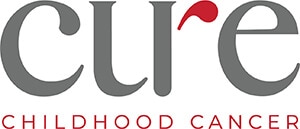
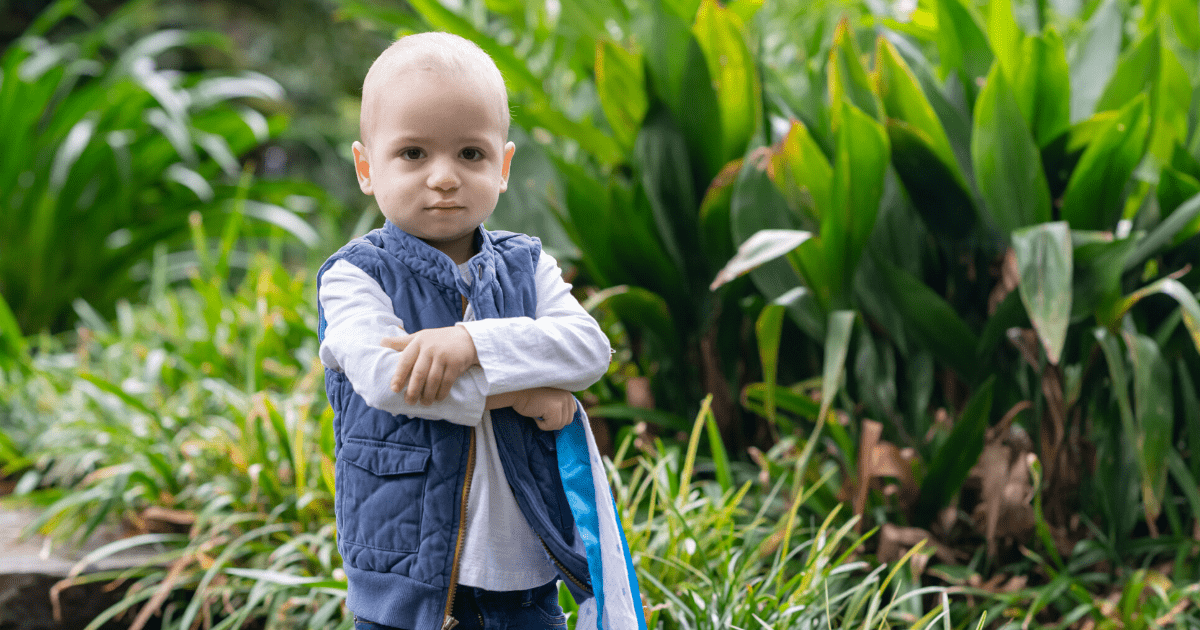


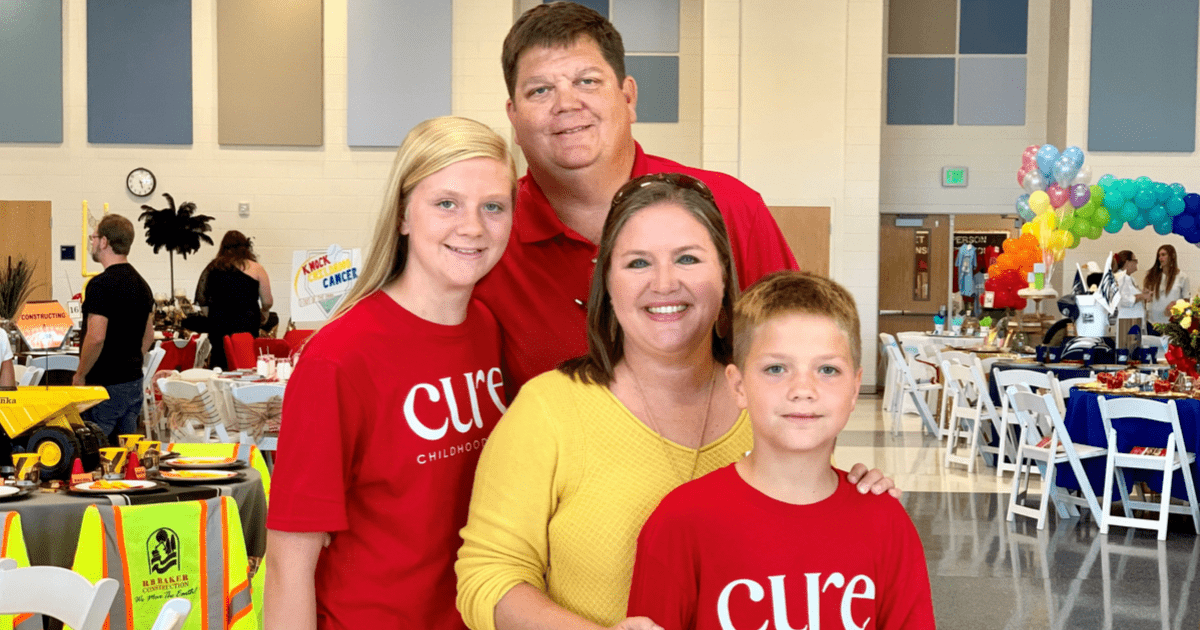
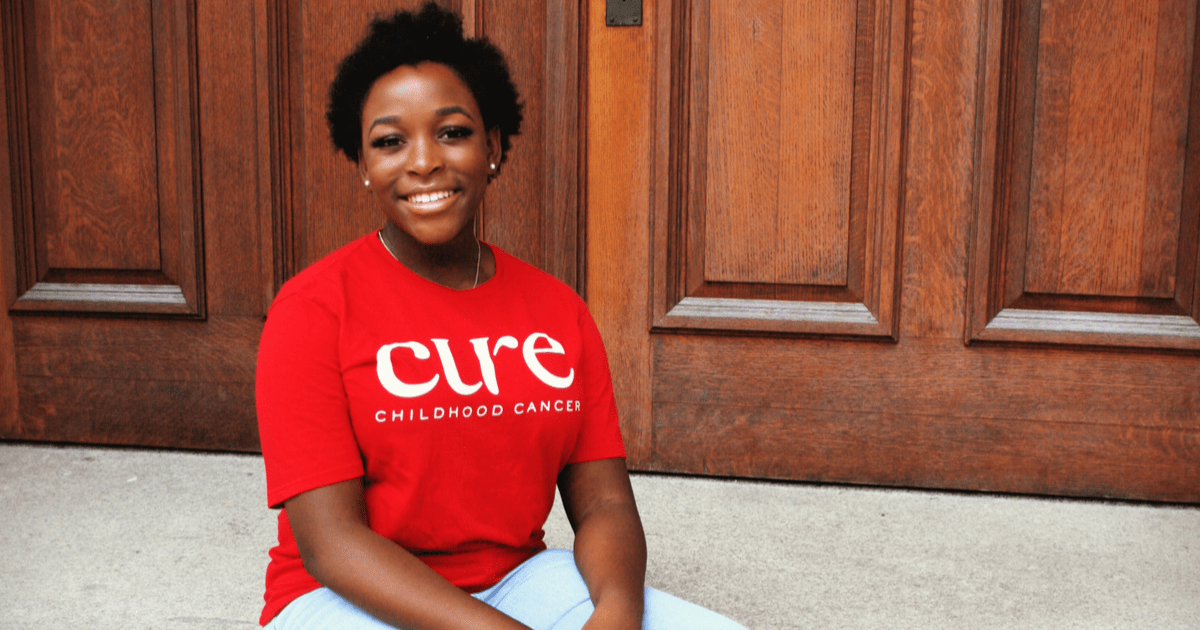
 The PT actually helped for a time, but the pain came back. In February 2017, an MRI revealed new lesions. Once again, neuroblastoma had invaded Lauren’s body. The cancer had spread to her bones, bone marrow, lung and pelvis. In all, the imaging indicated 28 spots that were likely active tumors.
The PT actually helped for a time, but the pain came back. In February 2017, an MRI revealed new lesions. Once again, neuroblastoma had invaded Lauren’s body. The cancer had spread to her bones, bone marrow, lung and pelvis. In all, the imaging indicated 28 spots that were likely active tumors.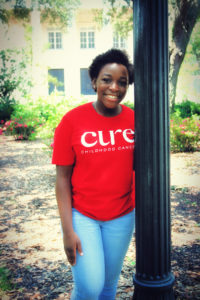 When treatment options have been exhausted, there is little hope of survival. But through CURE’s funding of the Aflac Precision Medicine Program, doctors have a new tool in their toolkit. Lauren was enrolled in the program to see if there was a genetic reason her cancer was resisting treatment. Genetic testing revealed Lauren’s tumor had a genetic mutation for which there is a drug known to be effective. Lauren was immediately enrolled in a clinical trial for lorlatinib. She was given a single pill once a day, and after only four cycles, all bone metastases and bone marrow involvement had disappeared. Incredibly, the only tumor remaining at that time showed inactive.
When treatment options have been exhausted, there is little hope of survival. But through CURE’s funding of the Aflac Precision Medicine Program, doctors have a new tool in their toolkit. Lauren was enrolled in the program to see if there was a genetic reason her cancer was resisting treatment. Genetic testing revealed Lauren’s tumor had a genetic mutation for which there is a drug known to be effective. Lauren was immediately enrolled in a clinical trial for lorlatinib. She was given a single pill once a day, and after only four cycles, all bone metastases and bone marrow involvement had disappeared. Incredibly, the only tumor remaining at that time showed inactive.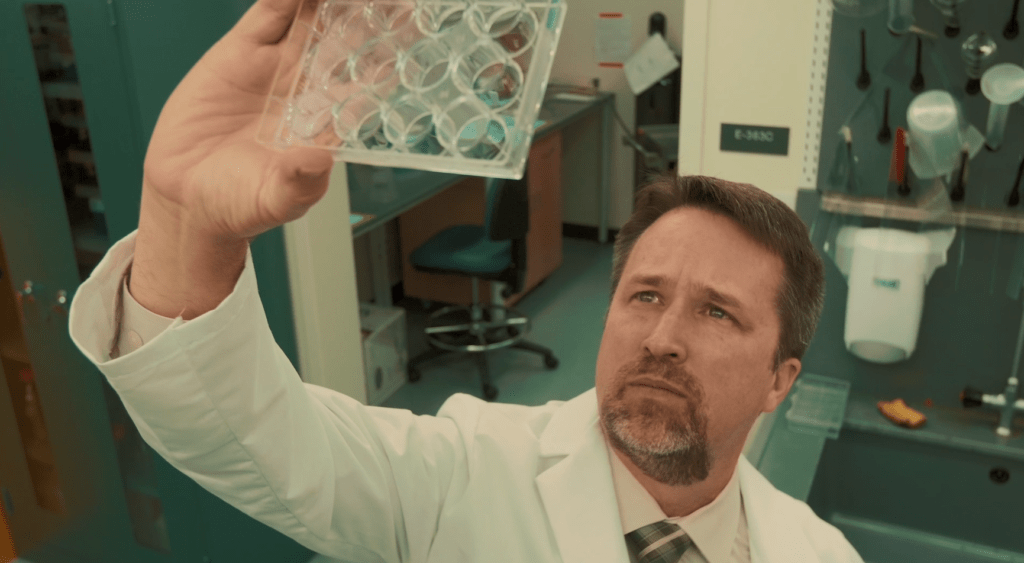



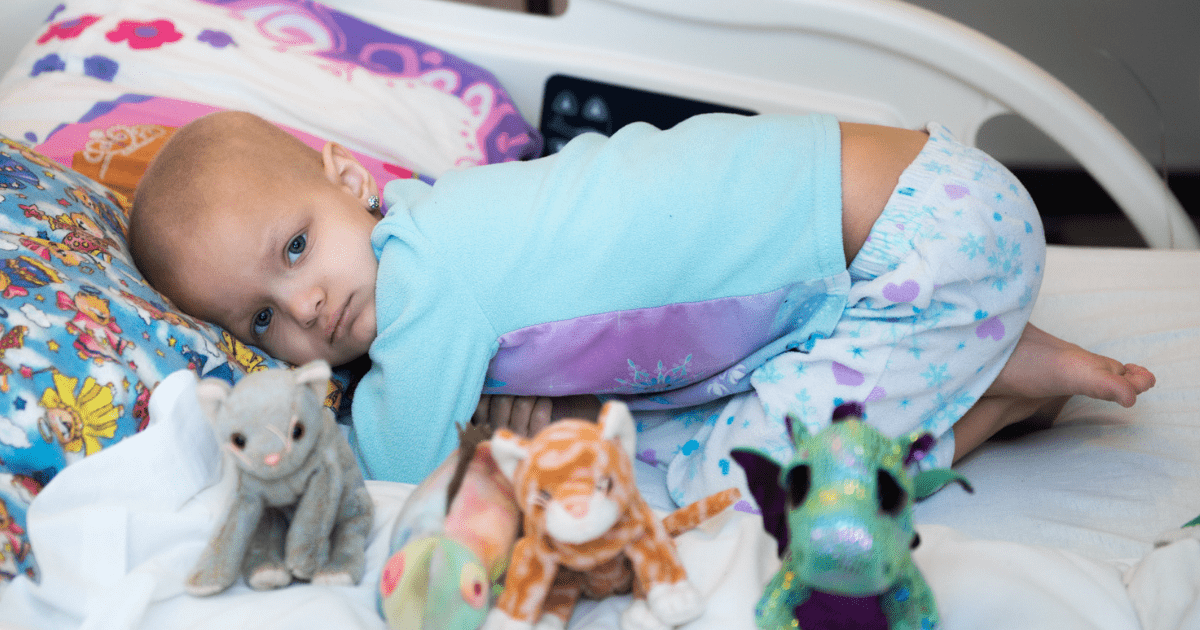
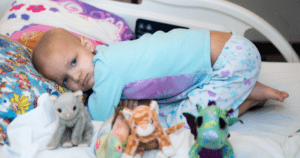 “I had such a wide range of emotions when the doctor said my baby had cancer,” Kristin recalled. “I was confused, overwhelmed, and scared. But I also had a strange peace because I felt the Lord say, ‘I created this child and I will take care of her.’”
“I had such a wide range of emotions when the doctor said my baby had cancer,” Kristin recalled. “I was confused, overwhelmed, and scared. But I also had a strange peace because I felt the Lord say, ‘I created this child and I will take care of her.’”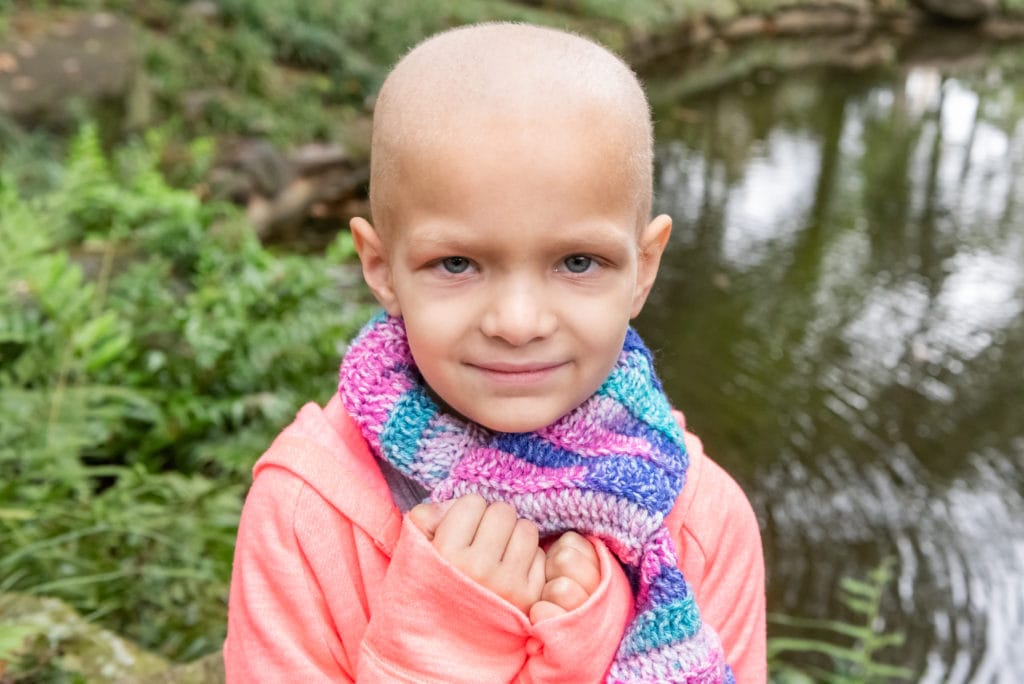 Something new awaited Maylee at the hospital, though. Since her original diagnosis and with a $4.5 million grant from CURE, the Aflac Precision Medicine Program had launched. This program allows doctors to look at the genetic makeup of a child’s cancer and then search for a treatment designed specifically to treat the genetic abnormality at issue. Once doctors confirmed her cancer had returned, they looked at the genetics of Maylee’s leukemia and found very interesting results.
Something new awaited Maylee at the hospital, though. Since her original diagnosis and with a $4.5 million grant from CURE, the Aflac Precision Medicine Program had launched. This program allows doctors to look at the genetic makeup of a child’s cancer and then search for a treatment designed specifically to treat the genetic abnormality at issue. Once doctors confirmed her cancer had returned, they looked at the genetics of Maylee’s leukemia and found very interesting results.

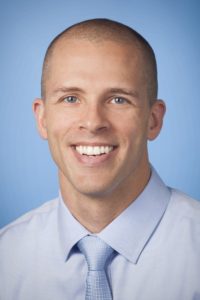 Dr. Thomas Cash has never forgotten the precocious two year-old cancer patient and his family. He had gotten close to them while treating the toddler’s cancer.
Dr. Thomas Cash has never forgotten the precocious two year-old cancer patient and his family. He had gotten close to them while treating the toddler’s cancer.